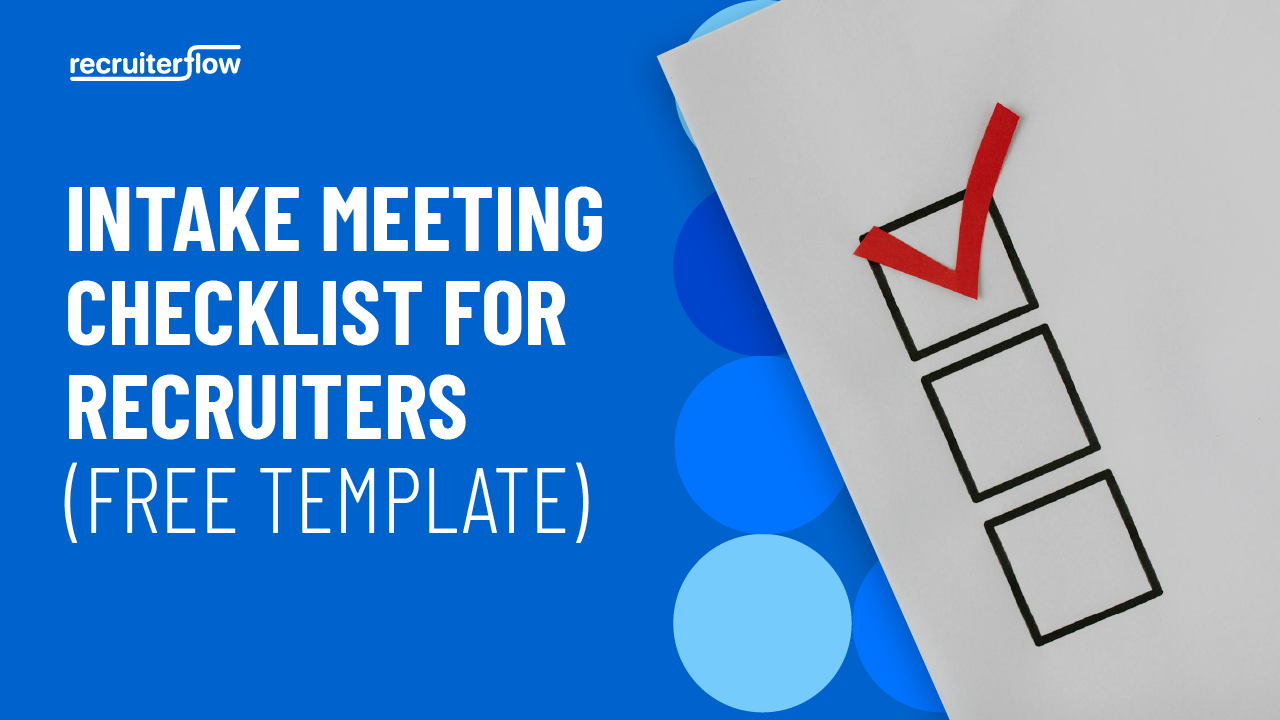
Recruitment Analytics: A Complete Guide
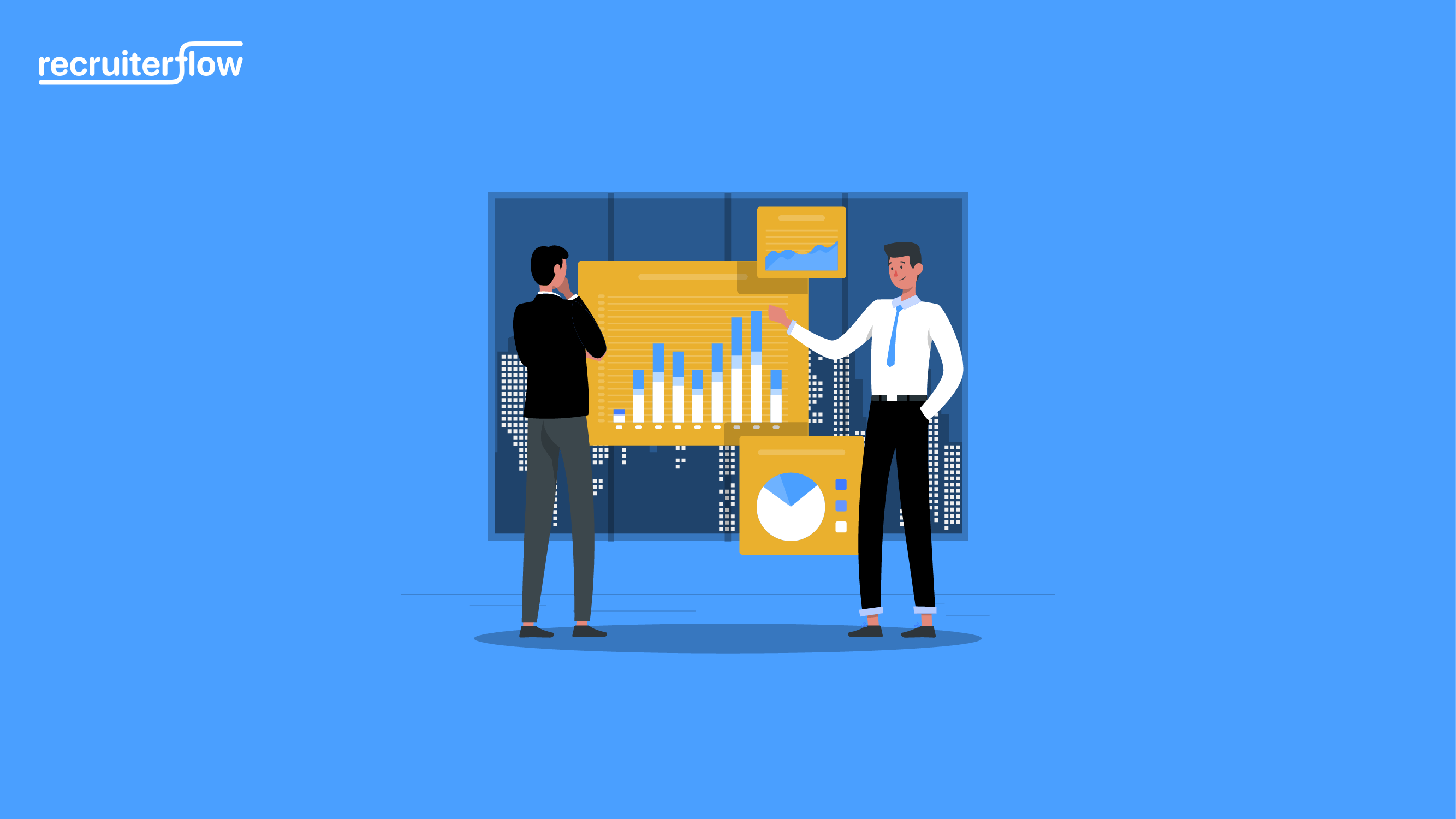
Have you ever wondered if you could predict which candidates are most likely to be hired by your clients? What if you could identify bottlenecks in your hiring process and eliminate them with precision? Identifying candidates who can become leads is tough with guesswork, but with detailed recruitment analytics at your disposal, it becomes easier.
This data-driven approach replaces guesswork with strategic decision-making and allows you to optimize every stage of the recruiting process.
In this comprehensive guide, we’ll explore the core concepts, examine cutting-edge tools, discuss best practices, and even peek into the future of recruitment analytics.
What is Recruitment Analytics?
Recruiters generate and store a lot of data and in most cases, it lies around in multiple spreadsheets or tools. Recruitment analytics helps you derive actionable insights from this data to improve the process of screening, sourcing, and identifying candidates your clients will love.
Recruitment analytics help agencies uncover key metrics like time-to-fill, fill-rate, cost-per-hire, etc., and adjust their strategies for positive outcomes.
How Does Recruitment Analytics Work?
So, how does it actually work? Well, first, you track all the hiring data. Think of it like keeping score. Companies pull data from ATS platforms, HR software, etc., to keep an eye on the important numbers.
Then, you analyze the trends. Look for patterns. See what’s working, what’s not. Maybe your candidate sourcing is on point, or maybe your job descriptions need a little love.
And, you can even predict outcomes! Advanced and AI data analytics can forecast which candidates are most likely to succeed. Helps recruiters make way better decisions.
Examples of Recruitment Analytics in Action
Let’s look at some real-world examples. Say a company realizes that candidates from LinkedIn have a higher intent and engagement than those from Indeed, they can shift their hiring budget to focus more on LinkedIn. This kind of data-driven decision, often guided by insights available in this HR software guide, saves them both time and money in the long run.
Another advantage of recruitment analytics is predictive candidate matching. By using data from past successful hires, companies can build a model to predict their most placeable candidates (MPCs) for each job opening. These candidates are considered highly desirable since they’re highly likely to be hired quickly once they are placed with employers.
Also read: How to turn most placeable candidates into lead magnets
Benefits of Recruitment Analytics
Recruitment analytics not only improve the decision-making process by removing guesswork but also save money! By identifying the most cost-effective hiring strategies, you can ditch the wasteful spending and fine-tune your budget.
Also read: Key Recruitment Statistics to Help You Hire Better
A Fresh Perspective on the Levels of Recruitment Analytics
Andrew Gadomski, Founder of Aspen Analytics and one of the world’s top experts in recruiting analytics, brilliantly compares the different levels of recruitment metrics to skiing.
Say you’re surveying the slopes ahead from atop a ski jump. There’s a green run that’s gentle and inviting, perfect for beginners. A blue slope demands a bit more skill with its twists and turns.
And then there’s the black diamond; steep, challenging, and reserved for experts who thrive on precision and strategy. Now, imagine this ski jump as your recruitment analytics journey.
Just as skiers advance through difficulty levels, recruiters must progress in their analytics expertise to remain competitive.
Here are the different levels of recruiting analytics explained using Gadomski’s skiing analogy:
Level 1: Operational Reporting (Green Slopes)
For many agencies, recruitment analytics starts on the green slopes. This is where you track fundamental metrics like time-to-fill, cost-per-hire, and source effectiveness.
These numbers, often pulled directly from an ATS, help you understand past performance:
- Where hires came from
- How long searches took
- Overall hiring costs
- And more
For a staffing agency, this might mean:
- Figuring out which job boards get the best candidates
- Or identifying how long it typically takes to fill a role
It’s straightforward but essential. Common metrics at this stage include:
- Cost per Hire: The total cost associated with hiring a new employee, which includes advertising, recruiting agency fees, and salaries for recruiters.
- Cost of Hire: Total expenses associated with hiring divided by the number of hires.
- Source of Hire: The channels through which candidates are sourced.
- Time to Fill: The total time taken to fill a position from job posting to hire.
- Time to Hire: The time from when a candidate applies to when they accept the offer.
- Selection Ratio: The number of candidates hired divided by the total number of candidates considered.
- Applicants per Job Opening: The average number of applicants for each job posted.
- Hiring Manager Satisfaction: A measure of how satisfied hiring managers are with the recruitment process and outcomes.
At this level, organizations use basic dashboards and spreadsheets to track performance. This helps establish a foundation for more advanced analytics.
Level 2: Advanced Reporting (Blue Slopes)
Once you’ve gained confidence in the green slopes, it’s time to tackle the blue runs. This is where staffing agencies start integrating multiple data sources:
- Survey candidates and clients
- Analyze hiring trends
- Assess the financial impact of recruitment
At this stage, it’s about looking beyond the numbers; it’s about understanding why those numbers matter. For example, it’s noticing that a significant portion of placed candidates leave within three months.
At the green slope level, you’d note the attrition rate. On the blue slope, you’d dig deeper:
- Was it a misalignment in job expectations?
- A lack of cultural fit?
- Issues with onboarding?
This is where staffing agencies refine their strategies and provide deeper value to clients. Key metrics at this stage include:
- Candidate Experience Metrics: Surveys that assess how candidates perceive the hiring process.
- Recruitment Funnel Conversion Rates: Tracks how candidates move through each hiring stage.
- Quality of Hire: Measures the performance and retention of new hires over time.
- Offer Acceptance Rate: The percentage of job offers accepted by candidates compared to those extended.
- Cost per Candidate by Source: Analyzes the financial efficiency of each recruitment channel.
- Onboarding Effectiveness: Measures how well new hires acclimate to their roles.
At this stage, recruiters spot trends and refine their recruiting strategies with the help of advanced reporting tools and interactive dashboards.
Level 3: Predictive Analytics (Black Slopes)
The black slopes are where elite skiers thrive; and where top-tier staffing agencies set themselves apart. At this stage, recruitment analytics shift from being reactive to predictive.
Instead of just tracking past hires, agencies:
- Use advanced modeling to forecast hiring needs
- Optimize recruitment pipeline
- Refine candidate targeting
At this level, you’ll:
- Predict which job postings will perform best before they even go live
- Or determine which candidates are most likely to succeed long-term.
With real-time data tracking, segmentation, and predictive modeling, staffing agencies at the black slope level can give clients a competitive edge in the talent market.
Advanced analytics at this level include:
- Predictive Modeling: Uses historical data to anticipate future hiring needs and trends.
- Segmentation Analysis: Divides candidates into distinct groups based on experience, source, or performance to optimize recruitment efforts.
- Scenario Planning: Developing hiring strategies based on potential business or market shifts.
- Recruitment ROI (Return on Investment): Measures the financial return on recruitment efforts relative to their costs.
- Time to Productivity: The time it takes for new hires to reach full productivity levels.
- Sourcing Channel Effectiveness: Assesses which channels yield the best quality hires relative to their cost.
AI-driven insights help staffing agencies refine their processes and deliver unmatched results to clients.
Best Recruitment Analytics Software
When choosing recruitment analytics software, it’s important to look at key features and costs.
Main features to look for:
- Custom Dashboards: Option to adjust displays and metrics to fit specific needs.
- Real-time Analytics: Immediate insights on candidate sourcing, engagement, and time-to-fill information.
- AI Features: Using artificial intelligence for better data analysis and choices.
- Integration Options: Works well with other tools and platforms for easy data movement.
- Easy-to-Use Interface: Simple design that makes navigation and use easier.
Here’s an overview of some of the top recruitment analytics tools available in 2025:
| Recruitment Software | Overview | Key Analytics Features | Pricing |
| Recruiterflow | An applicant tracking and CRM software designed for recruiting agencies. | Advanced reporting, goal tracking, leaderboards, AI-driven insights. | Plans start at $99/month per user; free trial available. |
| Yello | Focuses on candidate engagement and campus recruiting. | Real-time sourcing insights, candidate engagement analytics, customizable reporting. | Pricing available upon request. |
| SmartRecruiters | User-friendly ATS with strong collaboration features. | Real-time analytics, customizable reports, hiring trend visualizations. | Free trial; paid plans start at ~$100/month. |
| TalentLyft | All-in-one recruiting software for efficient hiring. | Source effectiveness tracking, customizable dashboards, automated reporting. | Plans start at $29/month. |
| Zoho Recruit | Combines ATS with CRM for in-house teams. | Customizable dashboards, KPI tracking, predictive analytics, integration with Zoho Analytics. | Free plan; paid plans start at ~$25/month. |
| Harver | Specializes in pre-employment assessments. | AI-driven assessments, candidate experience analytics. | Pricing available upon request. |
| IBM Watson Recruitment Tool | AI-powered recruitment insights. | AI-powered candidate evaluation, predictive hiring analytics. | Pricing available upon request. |
| OneUp | Modern recruitment with automation and real-time analytics. | Custom dashboards, intelligent automation for workflow analytics and reporting. | Pricing available upon request. |
| Manatal | ATS with social media sourcing for global recruitment. | Recruitment funnel analytics, bilingual support for global analytics. | Plans start at $15/month; free trial available. |
1. Recruiterflow
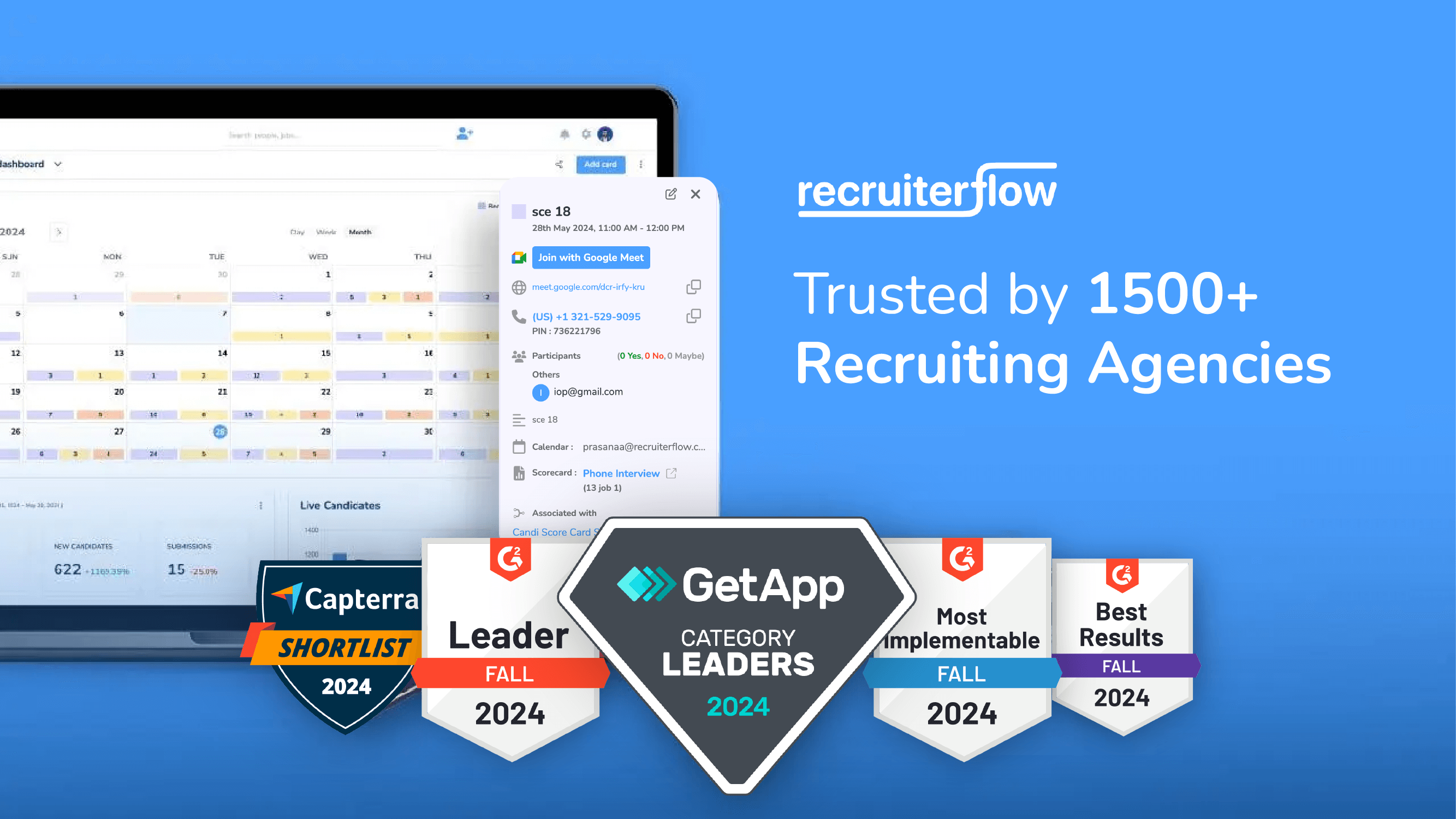
Recruiterflow is an AI-first command center that helps you manage all your agency’s recruitment operations. It is the only platform required to optimize all your recruitment operations (RecOps).
- Integrated ATS & CRM
- AI-first screening and sourcing tools
- Data enrichment capabilities
- Multi-channel sequencing (Email, SMS, Call & Socials)
- Advanced reporting and analytics
- Top-notch recruiting automation
Key Analytics Features:
- Comprehensive Analytics Tools: Measure KPIs such as time-to-fill metrics, team performance, and sourcing effectiveness to assess how each recruitment channel is performing.
- Advanced Reporting: Build custom, detailed reports with real-time visual analytics to analyze recruitment metrics, revenue funnel, recruiter activity, and hires by source.
- Recruiterflow BI: Set of tools such as Advanced Reporting, Goal Tracking, Leaderboards, and AI Insights to make decisions without hesitation.
- Customizable Dashboards: Adjust dashboards to look at and interpret information as you see fit.
Pricing:
Plans start at $99 per user per month
2. Yello
Yello places emphasis on improving candidate interaction and making the recruitment process smoother. It works exceptionally well for campus recruiting.
Key Analytics Features:
- Real-time insights into candidate sourcing effectiveness.
- Comprehensive analytics on candidate engagement and pipeline performance.
- Customizable reporting features to track recruitment metrics.
Pricing:
Pricing available upon request.
3. SmartRecruiters
A user-friendly recruitment platform that offers a robust applicant tracking system (ATS) with a strong focus on collaboration and candidate experience.
Key Analytics Features:
- Real-time analytics on hiring processes and candidate sourcing.
- Customizable reports to analyze recruitment performance metrics.
- Visualizations to track hiring trends and efficiency.
Pricing:
Free trial available; paid plans start around $100/month.
4. TalentLyft
TalentLyft is an all-in-one recruiting software that helps teams attract, engage, and hire top talent efficiently.
Key Analytics Features:
- Candidate source effectiveness tracking to optimize recruiting channels.
- Customizable dashboards for visualizing key metrics.
- Automated reporting features for recruitment performance analysis.
Pricing:
Plans start at $29/month.
5. Zoho Recruit
A comprehensive recruitment platform that combines applicant tracking with customer relationship management (CRM) capabilities. It’s designed for both agencies and in-house recruiters.
Key Analytics Features:
- Customizable dashboards for tracking key metrics.
- Performance tracking for KPIs like time-to-fill, time-to-hire, and offer acceptance rate.
- Predictive analytics to inform hiring decisions based on historical data.
Pricing:
Free plan available; paid plans start at approximately $25/month.
6. Harver
Harver specializes in pre-employment assessments and offers tools to enhance the candidate experience through gamified assessments.
Key Analytics Features:
- AI-driven assessments provide data on candidate fit and performance.
- Analytics on candidate experience and engagement throughout the recruitment process.
Pricing:
Pricing available upon request.
7. IBM Watson Recruitment Tool
This tool leverages IBM’s AI capabilities to provide deep insights into recruitment processes.
Key Analytics Features:
- AI-powered insights into candidate evaluation and sourcing efficiency.
- Predictive analytics to forecast hiring outcomes.
Pricing:
Pricing available upon request.
8. OneUp
OneUp modernizes recruitment with real-time analytics and intelligent automation that can optimize workflows and assist in decision-making.
Key Analytics Features:
- Real-time custom dashboards tailored to specific recruiting metrics.
- Intelligent automation for workflow analytics and reporting.
Pricing:
Pricing available upon request.
9. Manatal
Manatal is an easy-to-use recruitment software that combines applicant tracking with social media sourcing to help teams find candidates globally.
Key Analytics Features:
- Analytics on recruitment funnel performance.
- Bilingual support for global recruitment analytics.
Pricing:
Plans start at $15/month; free trial available.
Also read: 12 Best Online Recruitment Platforms
Challenges and Best Practices in Implementing Recruitment Analytics
Recruitment analytics helps companies make way smarter hiring decisions and helps you find awesome candidates you might have missed otherwise.
But, like anything new, getting it up and running isn’t always a walk in the park. There are definitely some hurdles you might run into. Knowing what they are and how to jump over them is key to making the transition smooth.
Challenges
Messy or Incomplete Data
First, you have to deal with the data. If it’s messy, incomplete, or just plain wrong, you’re gonna have a bad time. Think garbage in, garbage out.
Bad data leads to bad insights and even worse hiring decisions. 42% of HR pros say bad data is a major roadblock for recruitment analytics.
Resistance to Change
People get used to doing things a certain way, and they might be hesitant to try something new.
Especially in big companies, where things are already pretty set in stone. You have to communicate clearly and have a solid plan for managing the change.
Scattered Data
This is one issue most agencies face. Data is all over the place—ATS, job boards, social media, internal recruitment databases. Trying to pull it all together can be a nightmare. This disjointed structure not only slows down workflows but also introduces potential cloud security issues, especially when sensitive candidate information is stored across multiple third-party platforms with varying security standards.
Without a unified system, things get messy and slow down the whole hiring process.
Also read our blog on the best social media recruiting tools.
Limited Data Literacy
And let’s be real, not everyone in HR is a data whiz. If people don’t know how to read and use the data, the fancy analytics tools aren’t going to do much good. A lack of data literacy can make people feel intimidated, and not empowered.
Best Practices
So, what can you do about it?
Define Clear Goals
Well, first, figure out what you’re trying to achieve. What are your goals? Do you want to hire better people? Fill open positions faster? Become more diverse? Having clear goals helps you stay focused and avoid getting lost in a sea of data.
Prioritize Data Quality
Seriously, this is huge. You have to make sure your data is squeaky clean. Regularly review it, get rid of errors, and make sure everything is consistent. Good data is the foundation of good insights.
Choose the Right Tools
Choosing the right analytics tools is also super important. You want software that’s easy to use, gives you clear recruitment dashboards, and plays nice with your other HR systems. The goal is to make data-driven hiring simpler, not more complicated.
Build a Data-Driven Culture
Show your team how analytics can make their lives easier. Offer training, run workshops, and share success stories. The more people see the value of analytics, the more likely they are to embrace it.
Continuously Track and Adjust
Finally, remember that recruitment analytics is an ongoing thing. It’s not a “set it and forget it” kind of deal. You have to regularly review your data, spot trends, and adjust your strategies as needed. Monthly check-ins are a good idea. Keeps you proactive, not reactive.
Future of Recruitment Analytics
What does the future of recruitment analytics look like? Well, it’s going to be wild! Think AI, machine learning, and all that good stuff. Gadomski’s predictions about AI have come true in 2025:
- It has taken over a lot of the boring, repetitive tasks
- It has made candidate matching way better
- It has even given us a sneak peek into future workforce trends.
Key Trends to Watch
One big thing is predictive analytics for strategic hiring. This is where things get really interesting.
By looking at old data and current trends, companies can predict what their future hiring needs will be. They can spot skill gaps and fine-tune their talent acquisition strategies.
Another trend? Pay transparency and compliance. With all these new regulations popping up, like pay transparency laws, analytics can help companies stay on the right side of things.
It helps them make sure they’re compliant and build trust with candidates. Nobody wants to feel like they’re being kept in the dark about pay.
Finally, we have personalized candidate experiences. By analyzing how candidates behave and what they like, companies can tailor their outreach and communication. It’s all about creating a more engaging experience for potential hires. Makes them feel valued and wanted.
Also read: 9 Recruitment Trends that are Shaping 2025
Implement Data-driven Strategies with Recruiterflow
Recruiterflow gives you the tools to turn recruitment data into actionable insights. With a powerful reporting and analytics suite, you can:
- Track team performance
- Monitor key hiring metrics
- Create custom reports tailored to your needs
The Recruiting Activities Report helps you understand your team’s efforts by breaking down activity levels across different users. You can:
- Filter by activity type
- Set custom date ranges
- Visualize trends in easy-to-read graphs and tables
Need more customization? Recruiterflow’s BI and Advanced Reporting features let you build custom reports that fit your recruiting strategy:
- Track time-to-fill
- Measure the effectiveness of different sourcing channels
- Analyze applicant-to-interview ratios
- And more metrics
Plus, with features like AI-powered insights and goal tracking, you’ll always stay ahead of the curve. And it’s all wrapped in a user-friendly interface that makes analyzing data effortless. No more messy spreadsheets, just clear, insightful reports that help you make data-driven decisions faster.
Book a demo or start your free trial today!
Recruitment



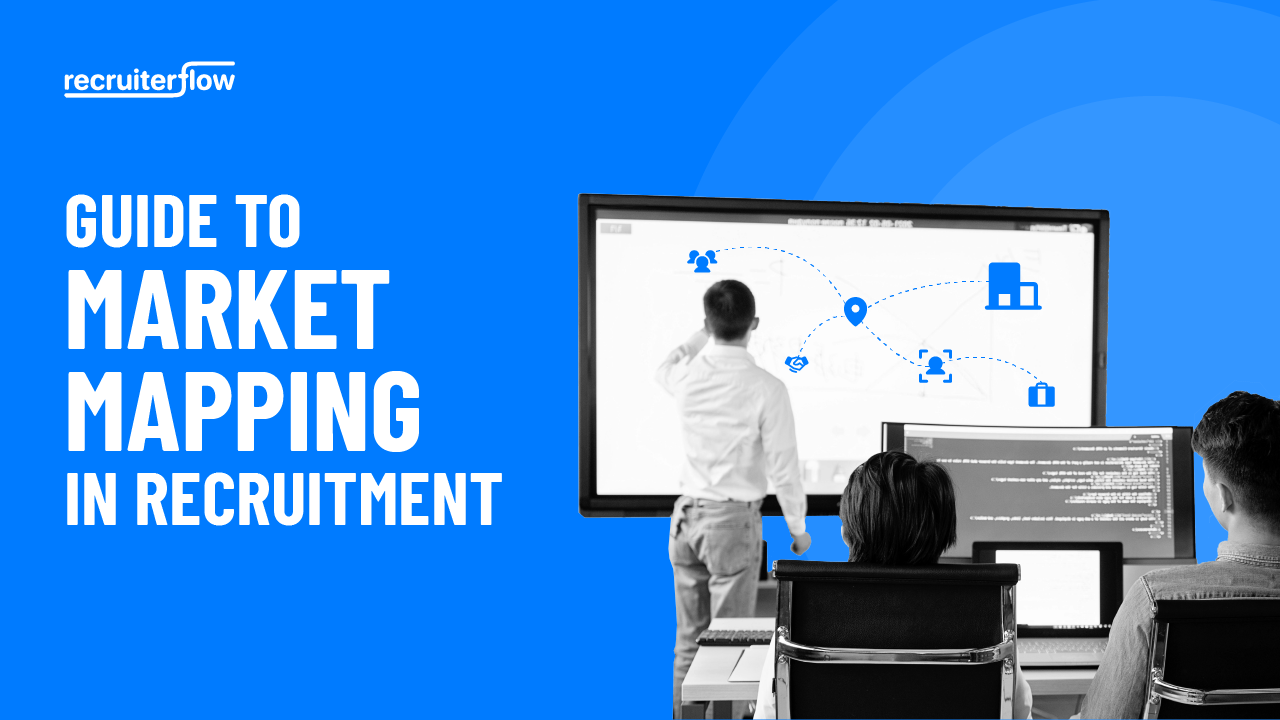
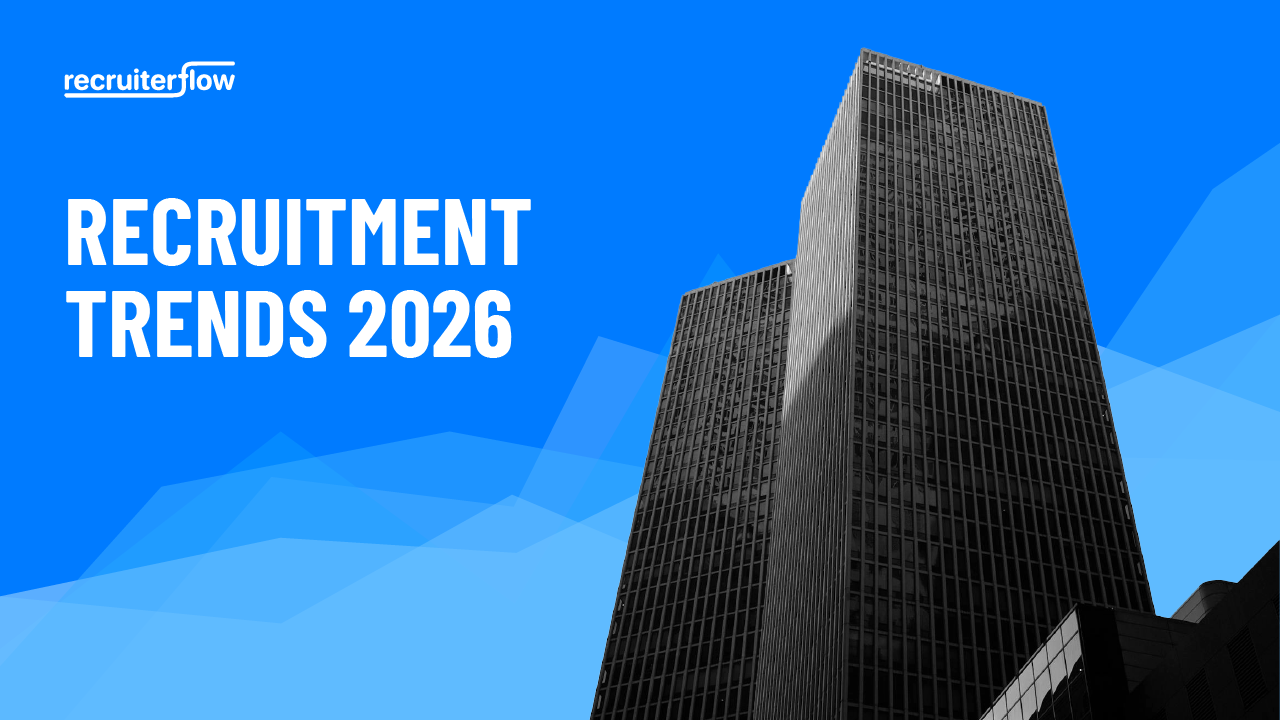

Pragadeesh Natarajan